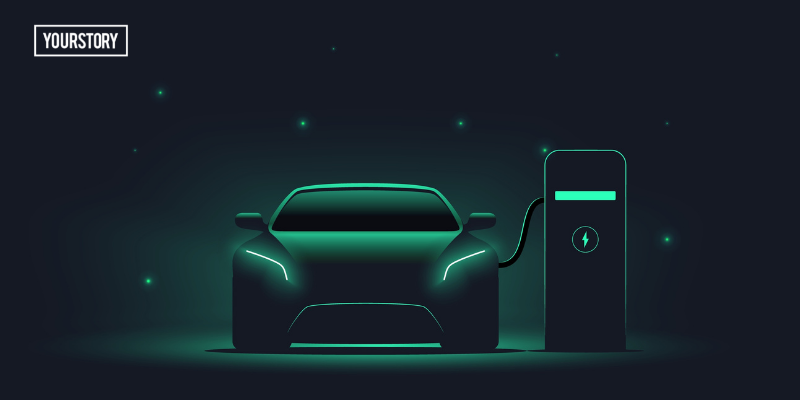Concerns about petrol and gas cars being harmful for the environment as well as rising fuel prices have driven up electric vehicle (EV) sales. A new report by KPMG titled Electric vehicle charging – the next big opportunity, found that the Indian electric vehicle (EV) market is being led by two wheelers and three wheelers, with four wheelers slowly picking up pace. Global Electric car sales increased by 116 percent from 2020 to reach 6.6 million in 2021, with the total number of electric vehicles (EVs) on the roads rising to 16.5 million in 2021.
India is on track to have nearly 50 million EVs on road by 2030, the report says.
EV penetration in India needs a booster shot
Despite EV penetration in India is currently low (about 1 percent), a boost in sales is anticipated due to favourable factors on the demand, supply and regulatory front, according to the report. As of March this year, the number of EVs on Indian roads had surpassed one million with an estimated 45-50 million EVs on Indian roads by 2030.
Things look slightly different in India. It has a need for unique charging infrastructure, especially since the market is dominated by two wheelers and three wheelers as opposed to four wheelers across the rest of the world. The country also needs a robust public charging infrastructure to enable EV adoption, the report notes. As of now, only about 1,700 public charging stations are operational across the country which is inadequate to support EV growth. Further, a strong push from the government is required to improve penetration of charging networks.
Charging networks are shaping up
The report points out that charging technologies will differ between vehicle segments. Two wheelers and three wheelers would have AC slow charging, with battery swapping being prevalent in models for certain use cases that require quick charging turnaround like those used in quick commerce services.
For spaces such as home and workplaces, private charging and fleet charging solutions show maximum potential in the short term, however public charging would be more as the market matures . This means the Indian market would have a network of AC private and public chargers, the report says. Ultimately though, public and private charging solutions will be deployed to serve different customer segments and use cases.
As for DC chargers they would be restricted to buses and few use cases for four wheelers and LCVs.
Home and workplace charging would be dominant model for two wheelers and four wheelers vehicles charging where AC slow chargers are likely to be used as they would be cost-effective. As for those used in commercial fleets like three wheelers, four wheelers, and light commercial vehicles (CVS), overnight charging and DC chargers is preferred during the day, if the economics work out.
Market reaction
Across the world, public charging companies are seeing improved utilisation and profitability driven by increasing EV stock and preference for quick public charging. As for investors, they see firms that focus on making EV charging tech as prospective investments, the report said. The business model for building EV charging market would be strategic partnerships for real estate and interoperability amongst CPOs/ Service Providers are crucial to strengthen customer proposition.
“Development of a robust charging network has gone hand-in-hand with accelerated EV adoption across the world, and we believe a similar trend is expected to play out in India. With an estimated 50 million EVs on Indian roads by 2030, the potential opportunity for a pure play charging business is enormous.” says, Rohan Rao, Partner, M&A Consulting, KPMG in India.
The report concludes that operators with a strong charging infrastructure network, facilitated through multiple partnerships, are expected to be better placed to make effective use of these opportunities.










